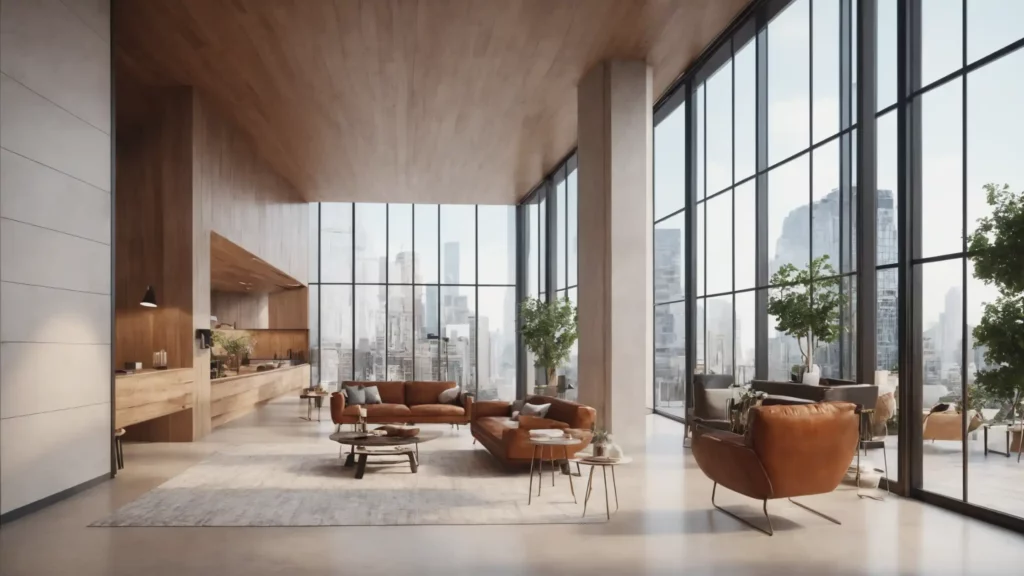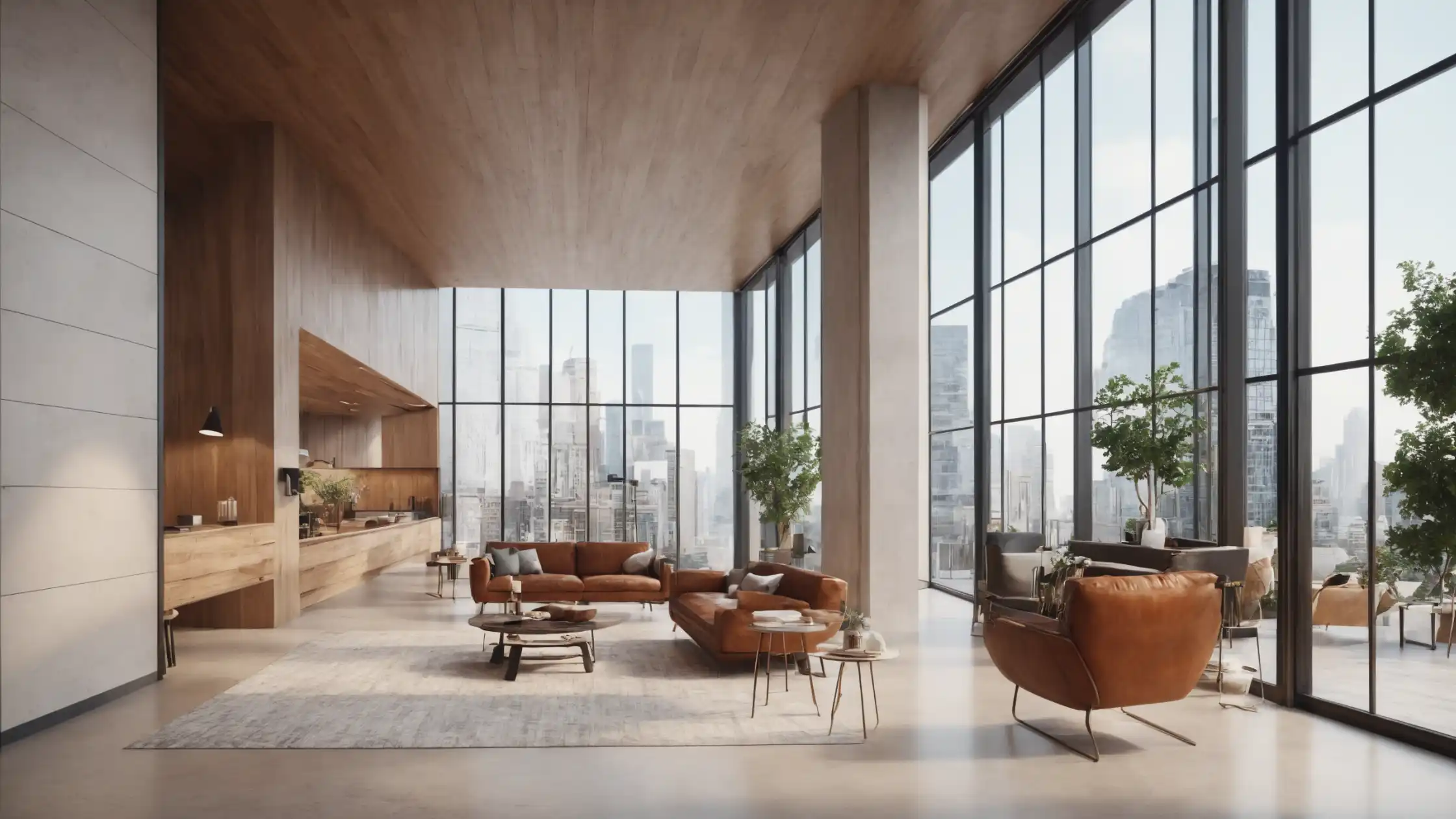Uncover the transformative role of high-quality 3D scenes in enhancing depth, realism, and detail in architectural visualization techniques.
As technology continues to revolutionize every sphere of life, the field of architectural visualization is not left behind. This article delves into an intriguing exploration of how high-quality 3D scenes have dramatically transformed architectural visualizations, providing enhanced depth and realism. Let’s journey through this striking evolution, the rising importance of 3D scenes in architecture, and their profound impact on design perception.

The evolution of architectural visualization
The evolution of architectural visualization marks a striking shift from traditional methods to advanced technology-based techniques. Formerly relying primarily on hand-drawn perspectives and renderings, the rise in technology evolution has fostered a paramount transformation in this space.
Presently, creating visually immersive and highly realistic visualizations has become integral to the industry, essentially driven by 3D rendering. The demand for high quality scenes has soared, prompting the need for online platforms such as a 3d model store. Stores like these have actively bridged the gap between architects and potent digital tools, changing the face of architectural visualization forever.
The importance of high-quality 3D scenes in architecture
The importance of high-quality 3D scenes in architecture cannot be overstated. These dynamic representations are increasingly recognized as game-changers in the architectural field. They empower architects to push the boundaries of design by enabling them to visualize and experiment with a multitude of structural details in a risk-free environment. High-quality 3D scenes play an instrumental role in refining architects’ spatial perception, which is pivotal to creating well-planned building layouts.
Further, high-quality 3D scenes facilitate a marked improvement in project presentations. The ability to present a lifelike, immersive 3D representation of architectural designs dramatically boosts their appeal. Clients are given a holistic view, contributing to better communication and understanding between all parties involved. Thus, the significance of employing high-quality 3D scenes in architecture is gaining widespread acceptance, and it is further reshaping architecture’s evolving landscape.
Impact of 3D architectural scenes on design perception
The impact of 3D architectural scenes on design perception cannot be overstated. The shift from traditional 2D designs to 3D visualizations has fundamentally transformed the client-architect relationship. It bridges the knowledge gap, empowering clients to understand and appreciate architectural designs in a way that was previously unattainable.
High-quality 3D scenes, rendered with precision and attention to detail, are instrumental in enhancing design perception. They delineate spatial relationships in an intuitive and engaging manner, providing a realistic depiction of the final outcome. The ripple effect of such a depth of understanding significantly boosts client engagement, encourages confidence, and fortifies decision-making processes.
